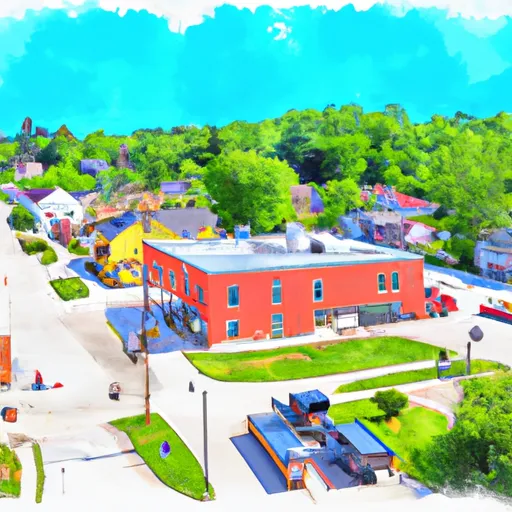°F
°F
mph
Windspeed
%
Humidity











Marathon, Wisconsin is a charming town located in Marathon County, in the central part of the state. The region experiences a humid continental climate characterized by warm summers and cold winters. Summers are typically mild with temperatures ranging from the mid-70s to low 80s Fahrenheit, while winters are cold and snowy, with average temperatures in the mid-20s to low 30s.
The town is blessed with an abundance of natural beauty, with several lakes and rivers dotting the landscape. The Big Eau Pleine Flowage and the Rib River are popular hydrological features in the area, providing opportunities for boating, fishing, and water-based activities.
Outdoor enthusiasts will find plenty of recreational opportunities in Marathon. The town is surrounded by scenic forests, making it an ideal destination for hiking, camping, and wildlife observation. The nearby Rib Mountain State Park offers stunning vistas, trails for hiking and skiing, as well as opportunities for birdwatching and picnicking. Additionally, the area is known for its excellent hunting grounds, attracting hunters from near and far.
Overall, Marathon, Wisconsin offers a pleasant climate, beautiful waterways, and diverse outdoor recreation opportunities, making it a delightful destination for nature lovers and outdoor enthusiasts.
Weather Forecast
Marathon receives approximately 804mm of rain per year, with humidity levels near 82% and air temperatures averaging around 6°C. Marathon has a plant hardyness factor of 4, meaning plants and agriculture in this region thrive during a short period during spring and early summer. Most plants will die off during the colder winter months.
Regional Streamflow Levels
6,600
Cubic Feet Per Second
5
Cubic Feet Per Second
5
Cubic Feet Per Second
61
Cubic Feet Per Second
Nearby Camping
| Camping Area | Reservations | Toilets | Showers |
|---|---|---|---|
| Dry Creek Water Park | |||
| Simpson County Lake | |||
| Okatoma Water Park | |||
| Lake Columbia | |||
| Lake Mike Conner | |||
| Fontainebleau State Park |



